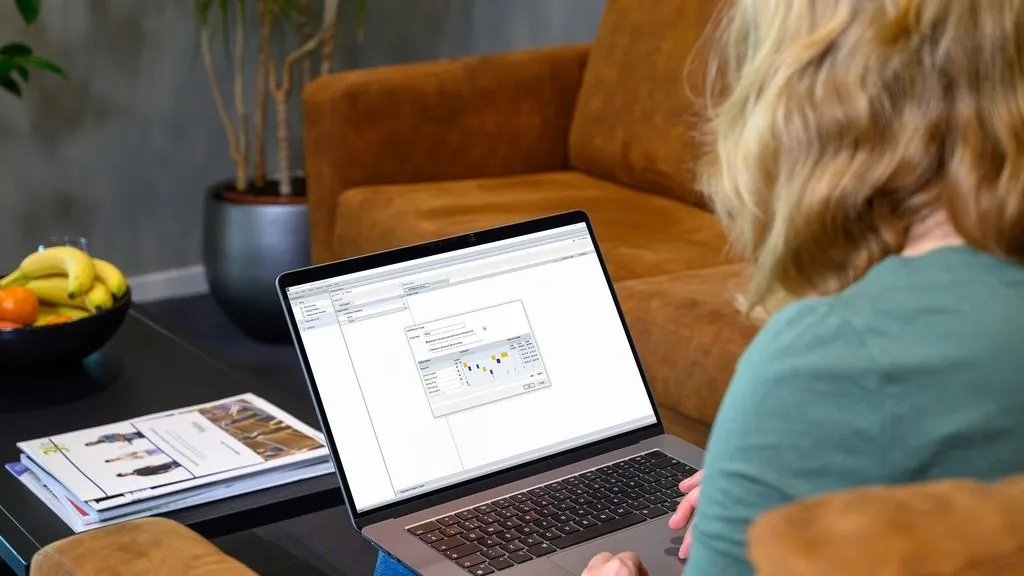Explore observational data in detail
The Observer
Looking for a tool for detailed behavioral data recording, visualization, and analysis? The Observer supports coding behaviors, analyzing event sequences, and integrating various data types in a fully equipped lab.
- Code behaviors in a quantitative way
- Automatically synchronize multiple data streams
- Work together on coding and check reliability
Trusted by researchers around the world






How does The Observer work?
The Observer® powers your lab, helping you save time by accurately coding observed behaviors from one or multiple videos on a timeline. You can also sync and integrate data like audio, eye tracking, EEG, or facial expressions — all displayed together for easy analysis.
GOLD standard for behavioral coding
As the gold standard for behavioral coding and analysis, using The Observer increases your chances of getting your study published in a high-impact journal.
Check out the latest developments
The Observer in research
Prof. Julien Mercier from Université du Québec à Montréal is studying educational research. His lab is looking at refined brain information over time, involving the cognition and affect of the learner.
Synchronizing data streams
Data integration is at the core of this lab. Many different data channels need to be synchronized to the millisecond, while data is kept in proper shape.
They use The Observer to launch video recordings and eye trackers at precisely the same moment, and synchronize other data streams using the sync box.
Discover more customer storiesData integration
Synchronization is key to understanding behavior.
Coding behavior
Save time and speed up your work.
Data visualization
All your data streams in one clear overview.
Analyzing behavior
Reliable results and high publication power.
Integrating multiple data modalities
Free white paper
- Gain better insights by combining different data modalities
- Import, synchronize, and analyze data from many different sources
- For example facial expression, physiology, and eye tracking data
Frequently asked questions
What are the requirements for workstations?
Important factors for the system requirements include the use of video, the amount of data, the complexity of data selections and analyses, and the size of external data files. For optimal performance and functionality, an up-to-date computer system is strongly recommended.
Can I use The Observer software outside the lab?
With the digital software license key, one or multiple activations of the software are possible, on one or multiple devices. This depends on the number of licenses purchased and the type of activation (fixed or floating) that is chosen. A floating license lets you switch between computers flexibly.
How many different data streams can I integrate?
The Observer allows you to integrate a wide range of data streams, including video, audio, physiological data (such as heart rate or skin conductance), eye tracking, facial expressions, and more. The specific number will depend on the project setup and the types of equipment or sensors being used.
The Observer is a crucial component of our research. It allows us to analyze data with the level of efficiency, detail, accuracy, and precision that's required for behavior analysis in psychological research.
Bridget Gamber
UNIVERSITY OF TEXAS, USA
Why should I use The Observer?
Discover the benefits of using the GOLD STANDARD for coding and analyzing behavior. It is cited as thé research tool in over 15,000 publications! Besides annotation of behavior from video, all types of data can be imported in The Observer.
What can I use The Observer for?
A very important part of studying human behavior is performing observations. Coding these behaviors makes analyzing them much easier. In settings such as a classroom, the playground, the home, the clinic, or the workplace, behaviors can be recorded and coded later.
How do I set up my research?
Good and thorough preparations will provide you with better data and will save you time in the end. Select your hardware, decide on a license structure, get to know the software, design a coding scheme, and visualize and explore your data.
Learn more about The Observer
We have a wide variety of materials for you to watch and read: customer success stories, product videos, and white papers. You can use these resources to find out why customers have chosen The Observer for their lab and which research they conduct with it.
Ready to take the next step?
We’re passionate about helping you achieve your research goals. Let’s discuss your project and find the tools that fit.
Contact us